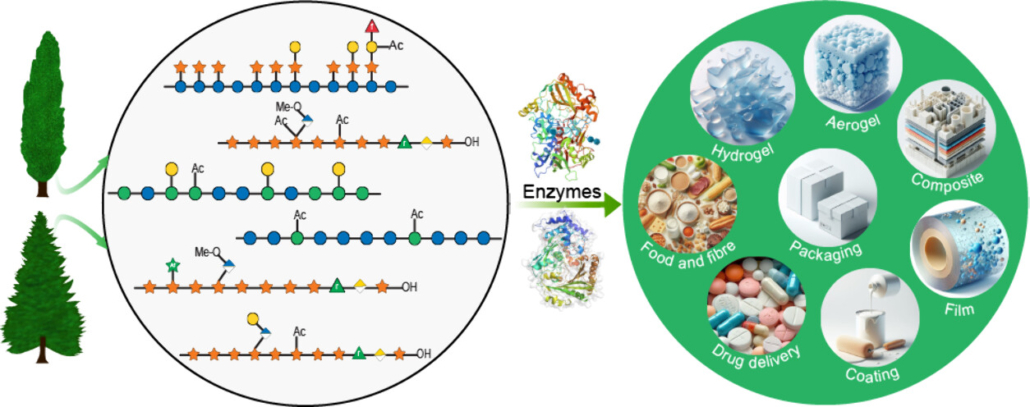
Perspective: Enzymatic routes to designer hemicelluloses for use in biobased materials
Plant Science Research WeeklyThis article poses the interesting question of whether we can use our knowledge of plant cell wall-modifying, carbohydrate-active enzymes to produce biobased materials. Specifically, the authors point out that much of the hemicellulose contained in agricultural and wood fiber could provide a starting…

Comparative transcriptomics in ferns provide a framework for their unique evolutionary path
Plant Science Research WeeklyFerns are important and diverse land plants but are also known for their exceptionally large genomes. A new study by Ali et al. presents an extensive analysis of fern genomics through RNA-sequencing of 22 representative fern species. The study identified 18 whole-genome duplications across different…
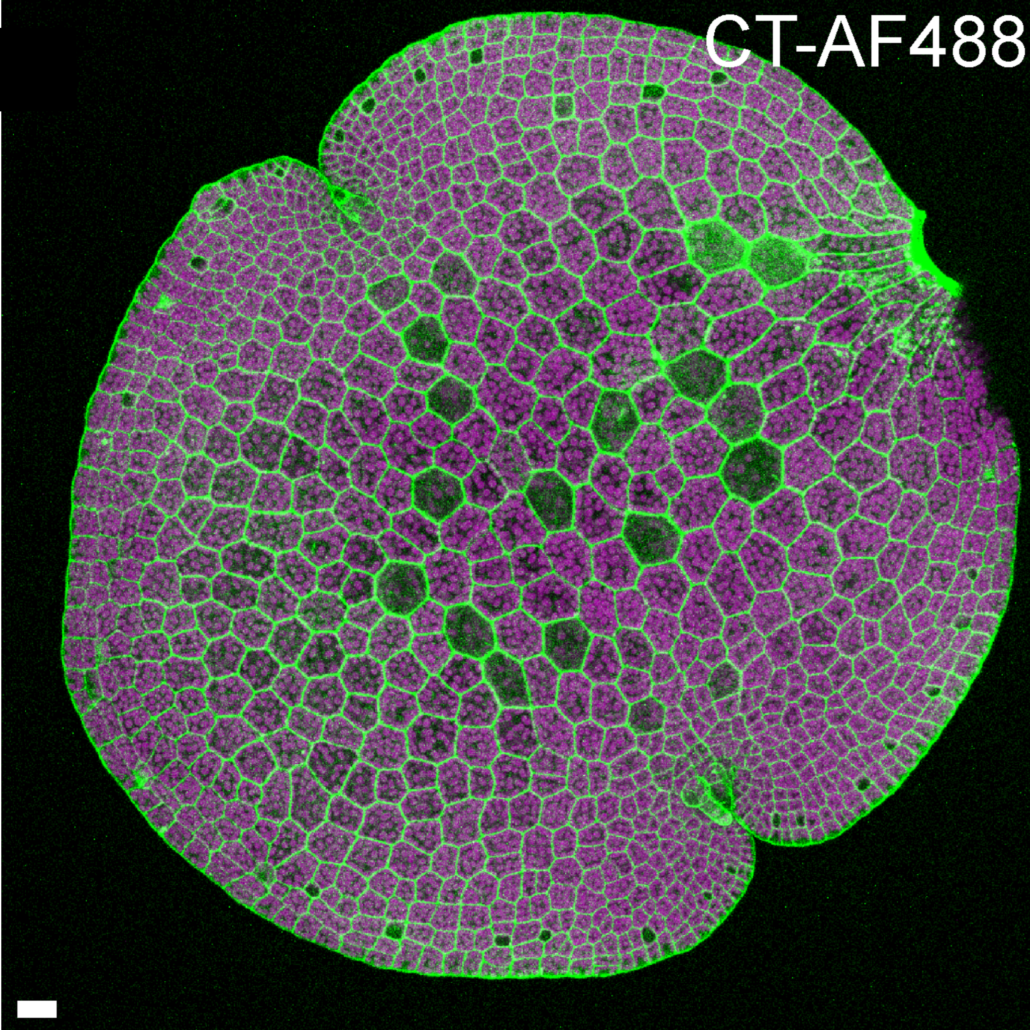
CarboTag for live-imaging of plant cell walls
Plant Science Research WeeklyRecently, we have gained tremendous insights through live-cell imaging using fluorescent tags that bind specifically to various cellular components. Here, Besten et al. present a new set of cell wall-specific tags that bind specifically to cell walls and reveal selected wall properties. The authors developed…
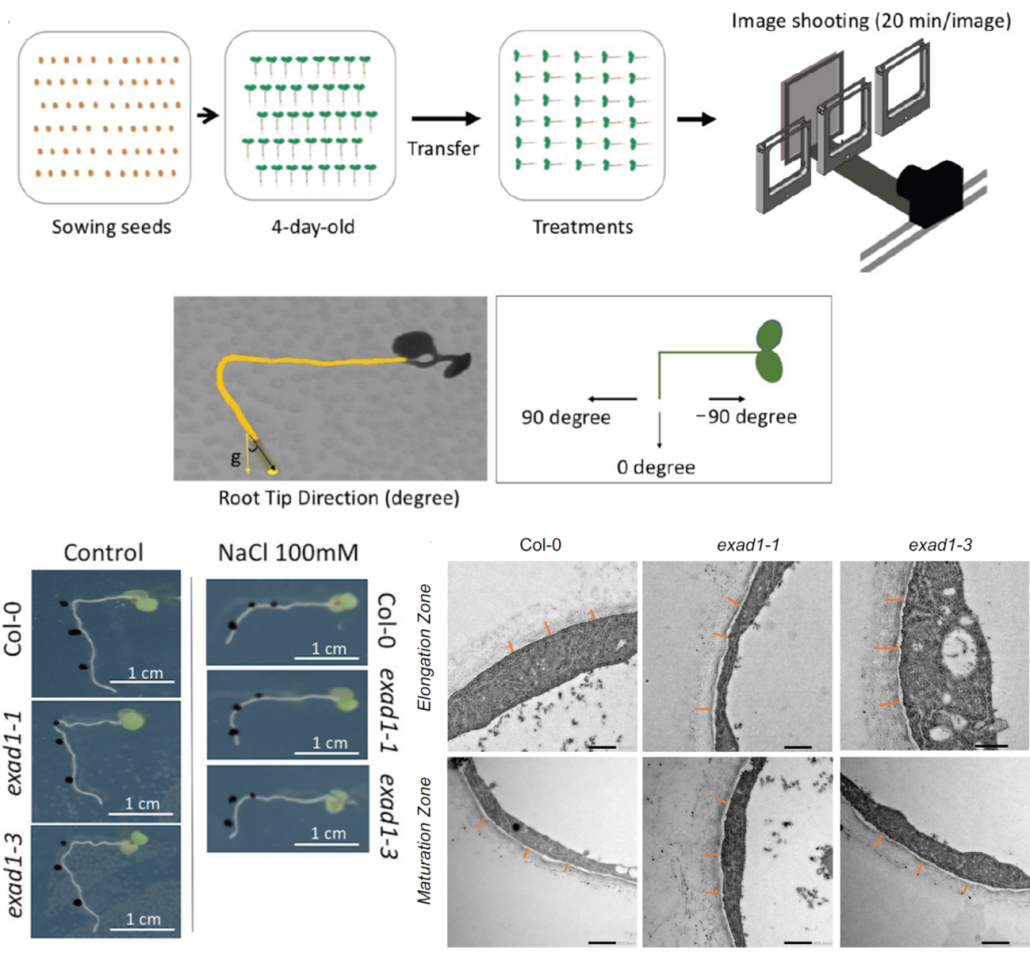
Gravitropism with a pinch of salt: Changes in cell wall composition modulate root growth direction in saline conditions
Plant Science Research WeeklySoil salinization causes massive yield losses in agriculture, and its impact on plants goes beyond what our eyes can see. Roots are immediately affected by the direct exposure to a salt-(NaCl) rich substrate. Here, Zou et al. investigate the salt-induced altered root gravitropic responses in Arabidopsis…
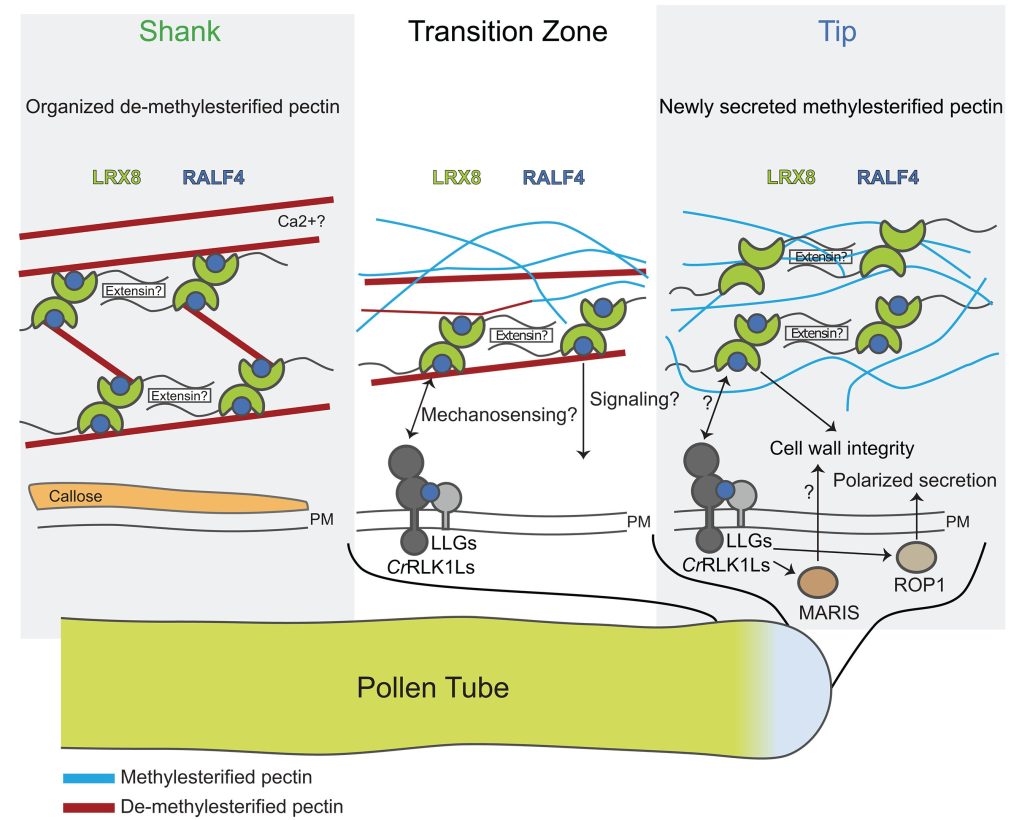
RALF4 prevents pollen tubes from growing crazy
Plant Science Research WeeklyPollen tubes are characterized by extremely fast elongation growth. Previously, small peptides known as RALFs (RAPID ALKALINIZATION FACTORs) were identified as signaling peptides, some with a role in pollen tube growth; for instance, RALF4/19 are important in maintaining the cell wall integrity of pollen…
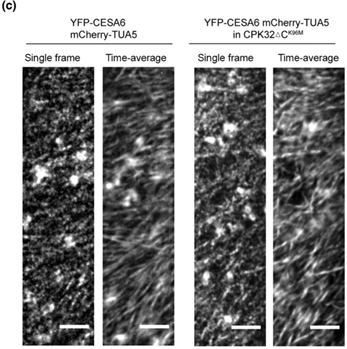
CPK32 regulates cellulose biosynthesis through post-translational modification of cellulose synthase
Plant Science Research WeeklyCellulose in one of the most abundant polymers on the planet and is synthesized by plasma membrane-bound cellulose synthases (CESAs). Phosphorylation plays a role in CESA regulation, however the kinases which catalyse the phosphorylation are not well described. Here Xin et al. identified calcium-dependent…
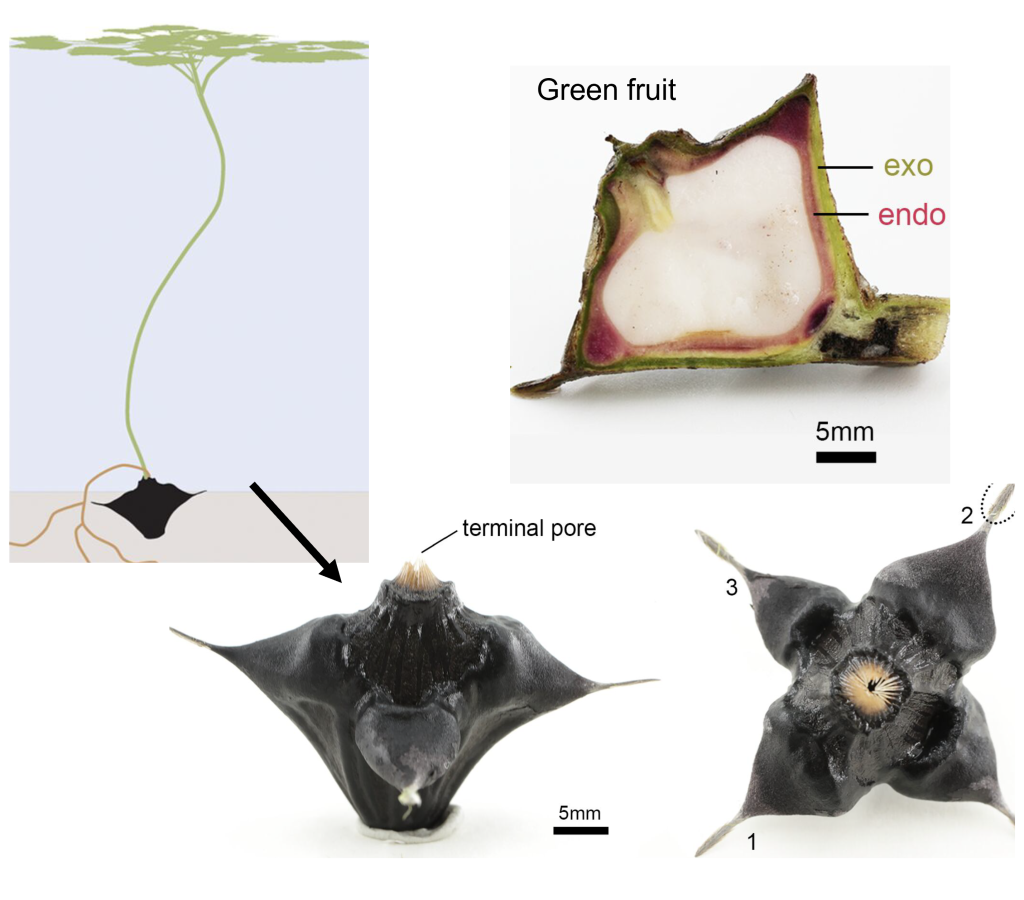
Hydrolyzable tannins are incorporated into the endocarp of water caltrop
Plant Science Research WeeklyTrapa natans, also known as water caltrop or bat nut, is an aquatic plant with large seeds encased by a hardened endocarp. Due to this durable endocarp, these seeds may remain dormant underwater for up to 12 years. Huss et al. studied the anatomical and biochemical factors responsible for the hardened…
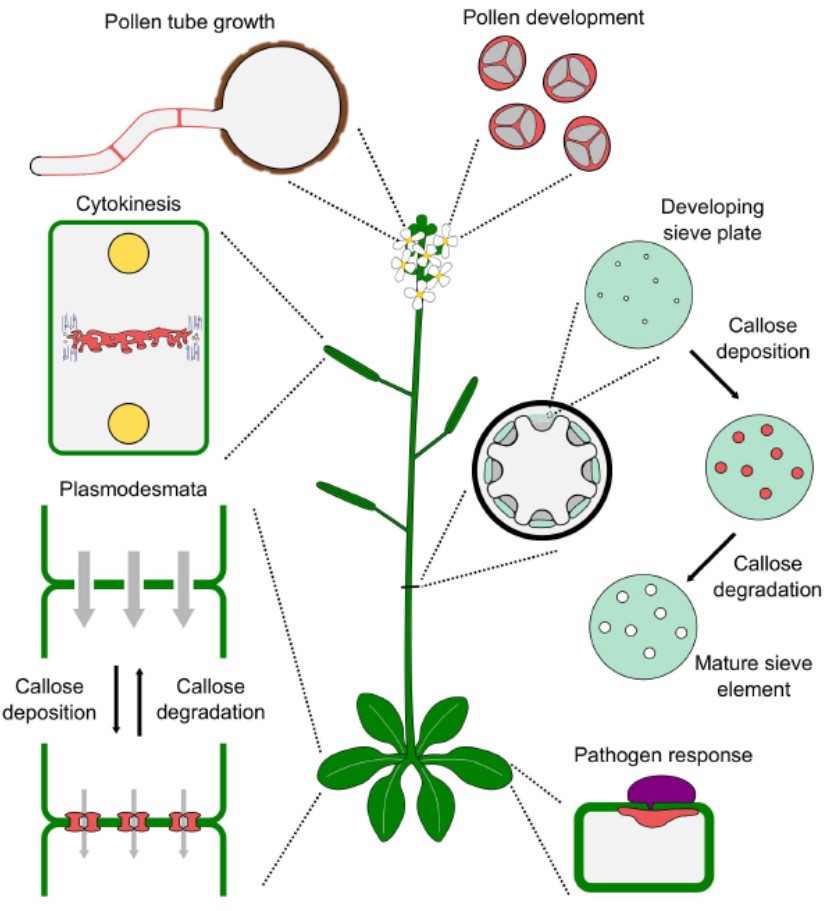
Update: Callose synthesis in plant development – an evolutionary insight
Plant Science Research WeeklyCallose is a polysaccharide with amorphous, gel-like properties that often serves as a transient matrix in plant cell walls. Callose deposition at plasmodesmata can regulate the movement of molecules between cells, transient callose deposition in phloem sieve elements occurs in response to stress, callose…
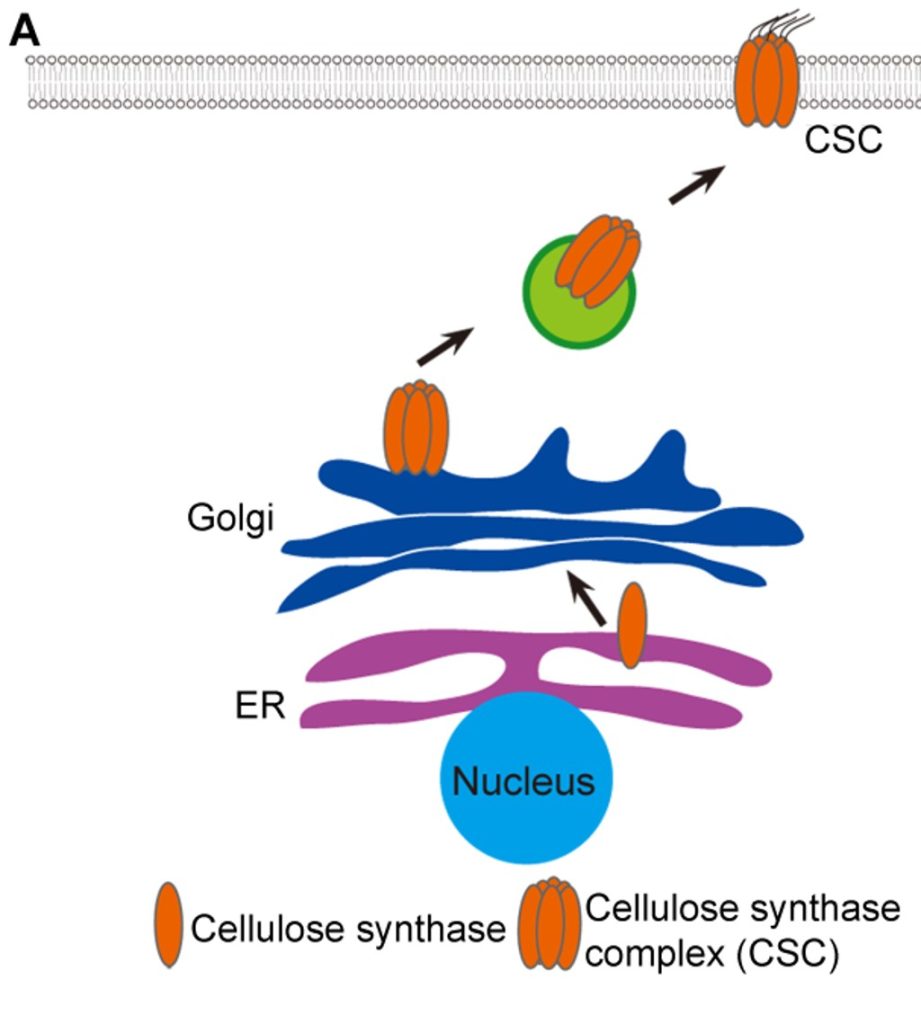
Point mutations in the catalytic domain disrupt cellulose synthase vesicle trafficking and protein dynamics
Plant Science Research WeeklyCellulose is an important and useful biopolymer, present in plant cell walls and synthesized at the plasma membrane by protein complexes called cellulose synthase complexes (CSCs) composed of multimers of cellulose synthase (CESA). CESAs are embedded in the membrane and move along the membrane as they…

